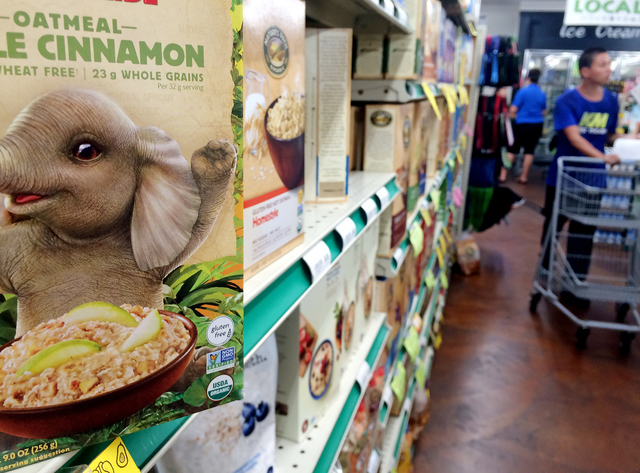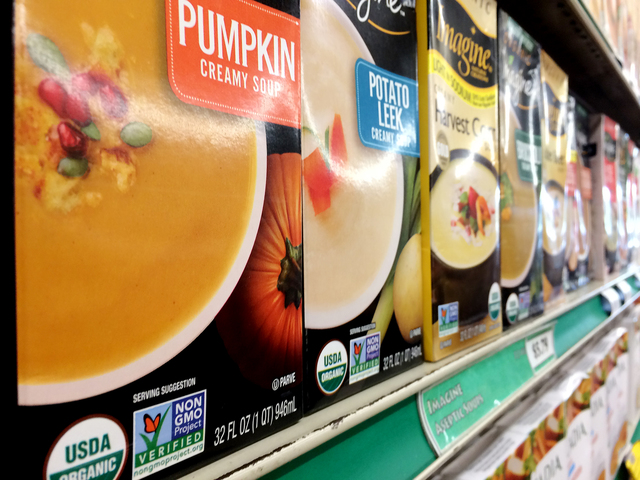Legislation creating the first federal standard for labeling foods containing genetically modified ingredients is on its way to President Barack Obama’s desk. ADVERTISING Legislation creating the first federal standard for labeling foods containing genetically modified ingredients is on its way
Legislation creating the first federal standard for labeling foods containing genetically modified ingredients is on its way to President Barack Obama’s desk.
Hawaii lawmakers’ reaction to S. 764, which amends the 1946 Agricultural Market Act to create the labeling standard, has been mixed.
The bill directs the secretary of agriculture to determine how much of a bioengineered substance is allowed in a food before a GMO label is needed. These standards must be set within two years.
It also requires disclosure of bioengineered ingredients via a text label, a symbol or a scannable link such as a QR code.
During a Thursday vote in the House of Representatives, where the bill passed 306-117, Hawaii Rep. Tulsi Gabbard cast a “no” vote on the bill. She later released a joint statement with nine fellow representatives criticizing the legislation for being too weak and for pre-empting existing state standards.
Rep. Mark Takai, who is battling cancer, did not cast a vote.
In 2014, Vermont passed the first state legislation requiring labeling on food containing GMOs. That law was set to go into effect this month.
Other states, including Maine and Connecticut, passed labeling measures contingent on neighboring states adopting their own standards.
Gabbard’s primary objection to the bill came from what she deemed a confusing system of electronic codes and symbols, as well as the fact enforcement measures were not included in the legislation.
“People shouldn’t have to jump through hoops to know what’s in their food,” she said in Thursday’s statement. “If S. 764 was truly intended to expand consumers’ right to know, it would require a clear, straightforward and easy-to-read food labeling standard.”
Last week, the bill passed the Senate 63-30. Hawaii Sen. Brian Schatz voted against the measure, citing the same reasoning as Gabbard regarding the allowance of QR codes as appropriate labeling.
“This doesn’t meet the commonsense definition of a food label,” he said. “Labeling should be done on the package in plain language, or with an easily recognizable symbol.”
Hawaii Sen. Mazie Hirono cast a vote in favor, and released a statement last week stating she supported the mandatory labeling system so “consumers across the country have consistent access to information no matter what state they live in.”
The main GMO crops grown in the United States are corn and soybeans, which in turn are used to make cornstarch, corn syrup and soybean oil — common ingredients in processed foods.
The U.S. Food and Drug Administration says foods containing GMOs are safe to eat.
There also are several fruits and vegetables that are genetically engineered, including one of the Big Island’s main crops. Rainbow papaya, the primary variety grown on the Big Island and Hawaii’s main export papaya, is genetically engineered to resist ringspot virus, a disease that nearly decimated the industry in the 1990s. Rainbow papaya has been grown in the state since 1998.
Representatives from the Hawaii Papaya Industry Association could not be reached for comment by press time Friday.
The Associated Press contributed to this report.
Email Ivy Ashe at iashe@hawaiitribune-herald.com.




